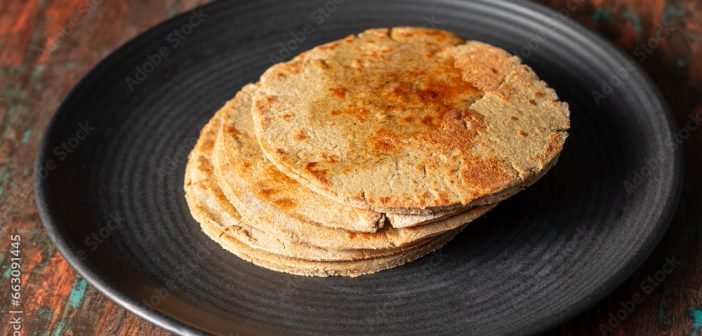In the treasure trove of ancient grains, bajra, also known as pearl millet, stands out as a nutritional powerhouse. This gluten-free millet, a staple food for centuries in India, offers a plethora of health benefits that make it a perfect addition to the modern Indian diet. This article delves into the reasons why bajra deserves a prominent place on your plate.
A Nutritional Powerhouse: The Goodness of Bajra
Bajra boasts an impressive nutritional profile, rich in essential vitamins, minerals, and dietary fiber. Here’s a glimpse into what makes bajra such a valuable dietary component:
-
High in Fiber: Bajra is a champion of dietary fiber, crucial for digestive health. It promotes gut regularity, prevents constipation, and aids in feeling fuller for longer, potentially aiding weight management.
-
Rich in Millets: Millets, like bajra, are naturally gluten-free, making them a safe and healthy option for individuals with celiac disease or gluten sensitivity.
-
Excellent Source of Protein: Compared to other millets, bajra offers a higher protein content. This is particularly beneficial for vegetarians and vegans seeking plant-based protein sources.
-
Packed with Micronutrients: Bajra is a treasure trove of essential micronutrients like magnesium, phosphorus, iron, and zinc. These minerals play vital roles in bone health, energy production, and immune function.
-
Good Source of B-Complex Vitamins: Bajra offers a good amount of B-complex vitamins, crucial for energy metabolism, brain function, and maintaining a healthy nervous system.
Benefits Tailored for India: Addressing Specific Needs
The nutritional profile of bajra caters to some of the most prevalent health concerns in India:
-
Diabetes Management: Bajra’s slow-digesting complex carbohydrates help regulate blood sugar levels, making it a valuable dietary choice for individuals with diabetes or those at risk of developing it.
-
Heart Health: The presence of soluble fiber in bajra helps lower bad cholesterol levels and reduces the risk of heart disease, a growing concern in India.
-
Anemia Prevention: Bajra’s iron content can help combat iron deficiency anemia, a common health issue, particularly among women and children in India.
-
Bone Health: The rich phosphorus content in bajra contributes to strong bones and teeth, essential for preventing osteoporosis, a concern with an aging population.
-
Digestive Health: The high fiber content in bajra promotes a healthy gut environment, aiding digestion and preventing constipation, a common digestive complaint.
Beyond Nutrition: The Versatility of Bajra
The beauty of bajra lies not just in its nutritional benefits but also in its versatility. Here are some ways to incorporate bajra into your Indian diet:
-
Flatbreads: Replace a portion of your regular wheat flour with bajra flour to make nutritious and delicious rotis, bhakri, or theplas.
-
Porridge: Khichdi, a traditional Indian dish made with rice and lentils, can be made even healthier by substituting rice with bajra.
-
Desserts: Bajra can be incorporated into sweet dishes like laddus or cheelas, adding a unique flavor and a healthy twist.
-
Salads: Boiled or roasted bajra kernels can be added to salads for a delightful crunch and a boost of protein and fiber.
A Sustainable Choice for a Food-Secure Future
Beyond personal health benefits, bajra offers significant advantages for India’s food security:
-
Drought-Resistant: Bajra is a drought-tolerant crop, requiring less water than rice or wheat. This makes it a sustainable choice for a country grappling with water scarcity.
-
Resilient Crop: Bajra thrives in harsh climatic conditions and poor soil quality, making it a reliable source of food in regions facing unpredictable weather patterns.
-
Promotes Crop Diversity: Including bajra in the cropping pattern promotes crop diversity, leading to a more resilient and sustainable agricultural system.
Conclusion: Embrace the Millet Marvel
In conclusion, bajra is not just a grain; it’s a nutritional powerhouse with the potential to improve individual and national well-being in India. Its rich nutrient profile, suitability for various dietary needs, and versatility in the kitchen make it a perfect addition to the modern Indian diet. By embracing bajra, we can not only nourish our bodies but also contribute to a more sustainable and food-secure future for India. So, the next time you plan your meals, consider incorporating this ancient grain and discover the goodness of the millet marvel – bajra.





